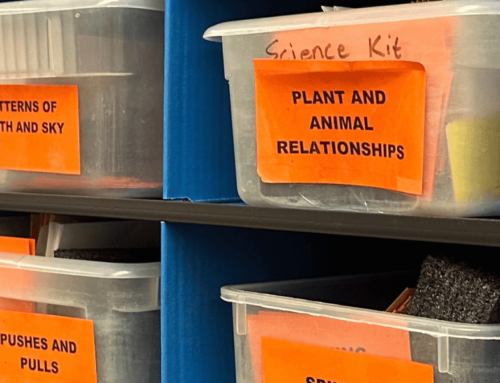I sure am glad summer is here, and so is Ed Jr.! He, like many students you may know, has a summer job. Ed Jr. told me that his boss, Vicki, has had a hard time filling some of the open job positions, not because people can’t or won’t perform the duties asked of them, they simply lack some work readiness skills required. Vicki said that people can be trained on hard skills, which are the tasks of the job; like stocking shelves or handling the cash register. But the most difficult things to teach workers are workplace readiness skills called soft skills. According to Indeed.com, soft skills are not about the knowledge you possess but rather the behaviors you display in different situations. For example, Vicki said she knows that all her employees will make mistakes. She wants the employees to have a willingness to accept constructive criticism and learn from their mistakes. That sounds a lot like resilience! I can certainly see classroom parallels; can you? Speaking of being resilient, we have all developed the soft skill of resilience in spades during the last few months! We have come to realize that soft skills are not only valuable for students entering the workforce, but they are true life skills that will benefit all of us in a variety of life areas.
When it comes to teaching soft skills there are many free resources anyone can access. I would like to highlight a few that focus exclusively on career and college readiness:
Skills to Pay the Bills: Mastering Soft Skills for Workplace Success.
A curriculum focused on teaching workforce readiness skills to youth. It contains lesson plans that cover multiple topics from problem-solving to professionalism. (For those who are interested, it also was created through the lens of Universal Design for Learning (UDL). It is available in a downloadable PDF.)
Overcoming Obstacles.
This resource is PBIS, Common Core and SEL aligned. It has 11 modules and contains dozens of lesson plans and printable documents along with a tool to assist teachers in their distance learning virtual lesson creation. One awesome feature of this resource is that it is organized by grade level bands: grades K-2, 3-5, middle school, and high school. It has “train the trainer” guides along with a handbook for peer mentors. What I hear from many other educational professionals and what I find myself thinking is, “I wish they had this stuff when I was young!” (Free, but you must create an account to take advantage of all it has to offer).
Career Guidance Washington
Aligns directly with the High School and Beyond Plan. This resource was developed by OSPI. The curriculum is very robust and spans many themes from ownership of learning and transition skills to career development and financial literacy. Career Guidance Washington is broken up into individual grades starting in 6th and going to 12th. The work that went into the creation of this material is evident and it has been successfully used by educators statewide over the last few years.
There are many incredible resources available that you have never used. The great news is it is not too late. This coming school year is the perfect opportunity to engage students in topics that reflect the trials we have all faced and conquered. I look forward to learning how we can all use soft skills to thrive in the months ahead. In the meantime, I think I just heard Ed Jr’s alarm go off. Time for him to practice those soft skills.
More examples of Hard Skills vs. soft skills




